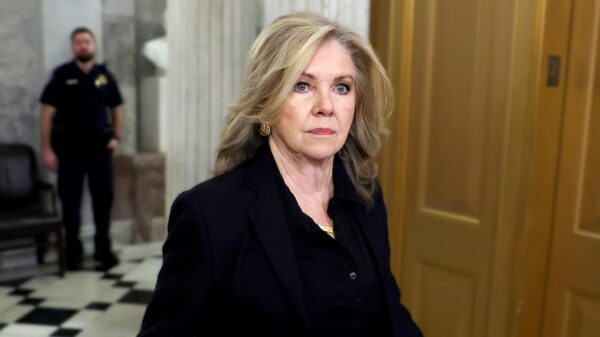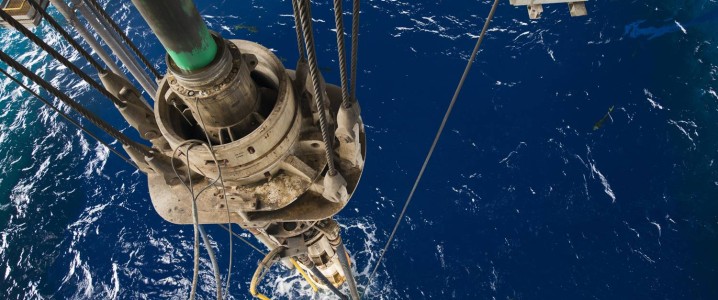OPEC+ is set to conclude its largest production cut next month, having agreed over the weekend to increase output by 547,000 barrels per day (bpd) starting in September. This decision was anticipated by both the market and oil industry analysts. It raises questions about the future trajectory of OPEC+ oil production policies, especially as the remaining production cuts of 1.66 million bpd remain uncertain.
The coalition, which includes members of the Organization of the Petroleum Exporting Countries (OPEC) and non-OPEC producers led by Saudi Arabia and Russia, has left open the possibility for further production adjustments. The decision to roll back a total of 2.2 million bpd in cuts marks a significant shift as the group allows the United Arab Emirates to contribute an additional 300,000 bpd by the end of next month.
Market Dynamics and Future Projections
Despite the current optimism surrounding oil market fundamentals, analysts are cautious about sustaining prices as global demand is expected to decrease in the autumn months. The Saxo Bank noted that the critical question is whether oil prices can hold steady amid declining demand and potential impacts from tariffs introduced by the Trump Administration on global trade.
While OPEC+ cites “healthy oil market fundamentals and steady global economic outlook,” concerns persist about a surplus emerging once the peak summer demand subsides. Data from LSEG Oil Research indicates that crude oil imports into Asia dropped to 25 million bpd in July, a decline from 27.88 million bpd in June, marking the lowest level in a year.
China has increased its imports, but this surge appears to be opportunistic, taking advantage of lower oil prices. Chinese refiners have reportedly added over 1 million bpd to their stockpiles this year. Analysts suggest that the volatile market, influenced by geopolitical events including the Israel-Iran conflict, may lead to lower import levels in the coming months.
Geopolitical Factors and OPEC’s Strategy
The direction of OPEC+ policy post-September remains ambiguous, with producers warning that the rollback of cuts could be reversed depending on market conditions. According to OPEC, “the phase-out of the additional voluntary production adjustments may be paused or reversed subject to evolving market conditions.” This leaves market participants speculating about potential geopolitical events that could necessitate a new OPEC+ intervention.
Helima Croft, head of commodity strategy at RBC Capital Markets, emphasized that “all options remain on the table,” which includes the possibility of reinstating production cuts or pausing increases.
The most immediate influence on market balance could stem from the U.S. potentially restricting Russian oil supplies to India and Turkey if President Trump follows through on his threats. Analysts predict that even a short-term adjustment could significantly affect the crude trade dynamics, particularly if these countries cease purchasing Russian oil.
Trump’s administration has stated intentions to impose substantial tariffs on India, criticizing its purchases of Russian oil. This move could disrupt expected market surpluses, which are projected for late 2025, and may lead to a reconsideration of OPEC+’s production strategies.
In summary, as OPEC+ navigates the complexities of market demand, geopolitical influences, and production policies, the path forward remains uncertain. The group’s decisions in the upcoming months will be closely monitored by analysts and market participants alike as they adapt to shifting conditions.



































































